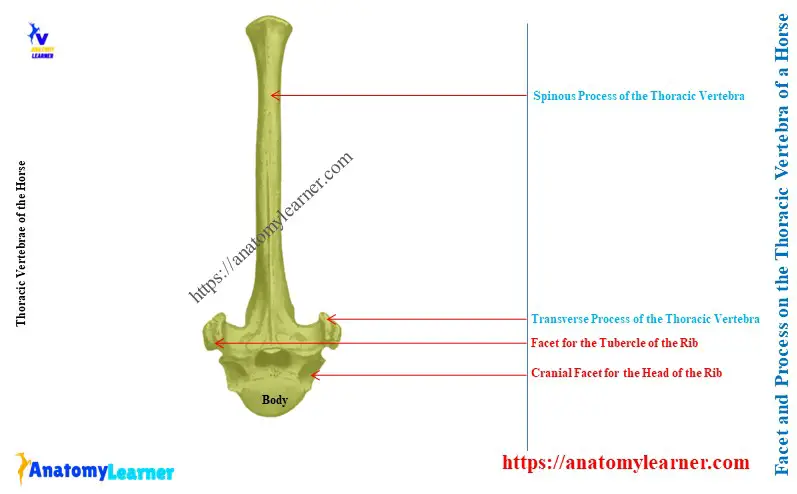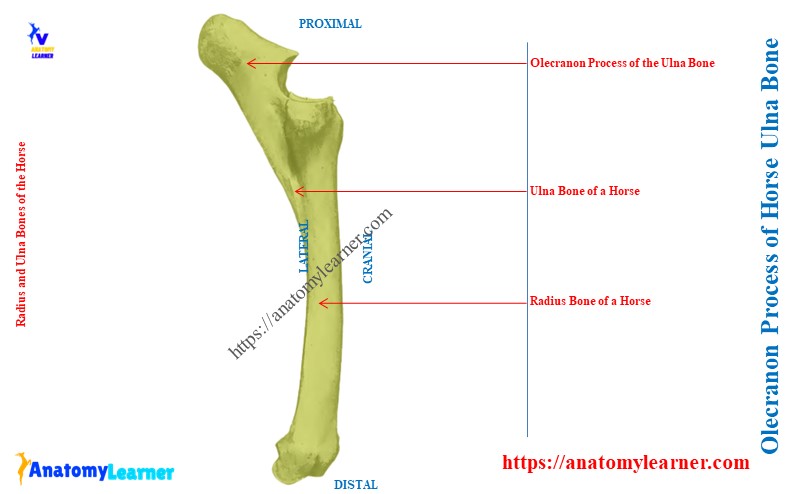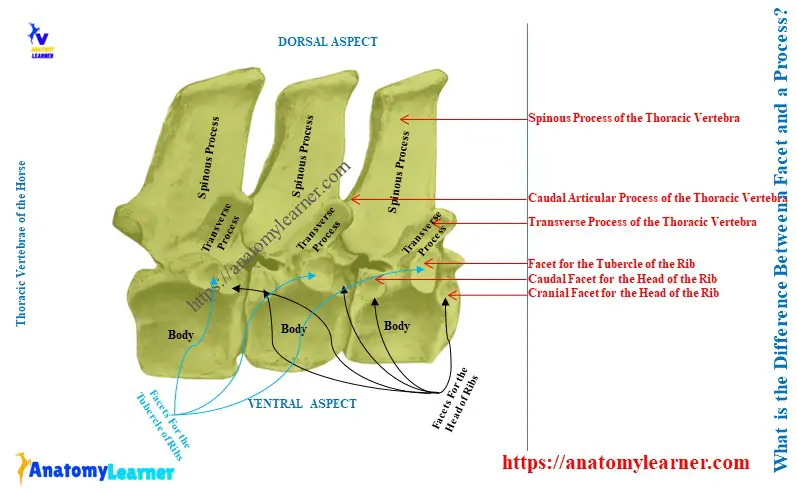The terms’ facet’ and ‘process’ are two types of osteological features of the animal bones. Here, I will answer the question – ‘what is the difference between a facet and a process?’ with examples.
Quick answer and explanation: facet is the small articular surface of the bone. At the same time, the process is the large projection of the bones of the skeletons.
I will explain the terms’ facet’ and ‘process’ from different bones of the animal skeletons. Thus, you will quickly identify them from any bones while studying their osteological features.
What is the difference between a facet and a process?
Explanation of a facet and a process of bone: a bone of the animal skeleton must have different types of articular surfaces. When you find a comparatively small articular surface on bone, then that is the facet.
Again, the bones of skeletons have different projections. Some are small, some are large, and some are in elongated forms. When you find the comparatively large projection of the specific bone, that is that bone’s process.

Here, the diagram shows the facets and the processes of a typical vertebra of the animal.
Thus, the key features of the facet on the animal bones are –
- It is an articular surface of the bone,
- The articular surface must be small compared to other articular surfaces,
Again, the key features of the process of the animal bones are –
- It is a projection or elevation of the particular bone,
- This projection of the bone is comparatively larger compared to other bony projections,
Examples of facets from different bones of animal skeletons
- Cranial and caudal articular facets of the animal thoracic vertebrae,
- Articular facets on the distal extremity of the animal radius bone for the proximal row’s carpals,
- Facets for the tubercle of the ribs on the transverse process of thoracic vertebrae,
- Costal facets on the sternum of the animal,
- Facets on the distal extremity of the animal fibula bone for the proximal tarsals,
- Facets of the fibular tarsal bone for articulation with the tibial tarsal,
Explanation of the features of facet from the thoracic vertebra of horse
Here, the diagram shows the small articular surfaces on the dorso-cranial aspect of the body of a horse’s thoracic vertebra. They are small compared to the cranial articular surface of the body of the thoracic vertebra. These small articular surfaces of the vertebral body are the cranial articular facets for the head of the ribs.

Again, the diagram also shows the small articular surfaces on the ventrolateral aspect of the transverse process of a thoracic vertebra. They are also comparatively smaller articular surfaces and are termed the facets for the tubercle of the horse’s ribs.
Examples of processes from the different bones of animal skeletons
- Processes of the animal vertebrae (articular process, transverse process, and spinous process),
- Olecranon and anconeal processes on the proximal extremity of the animal ulna bone,
Explanation of the features of the process from horse ulna bone
Here, the diagram shows the features from the proximal extremity of the horse radius and ulna bones. The ulna bone is less developed in horses than the ox ulna bone.

The proximal extremity of this horse’s ulna bone shows a longer projection. This projection of the ulna is the olecranon process. The beak-like structure on the cranial aspect of this olecranon is also known as the anconeal process.
In different vertebrae of animals, you will find three types of processes – articular, transverse, and spinous. The diagram of the animal vertebra identifies the articular, transverse, and spinous processes. They all are comparatively longer projections from the main vertebral body and arches.
Suggested articles from anatomy learner –
- What is the difference between the fossa and the groove?
- What is the difference between a condyle and an epicondyle of the bone?
Conclusion
So, a small articular surface of the bone is a facet. In contrast, the larger bony projection of any specific bone is the process. The typical features of facet and process are found in the animal thoracic vertebrae. Again, the distinctive feature of the process is present in the proximal extremity of the animal ulna bone.

